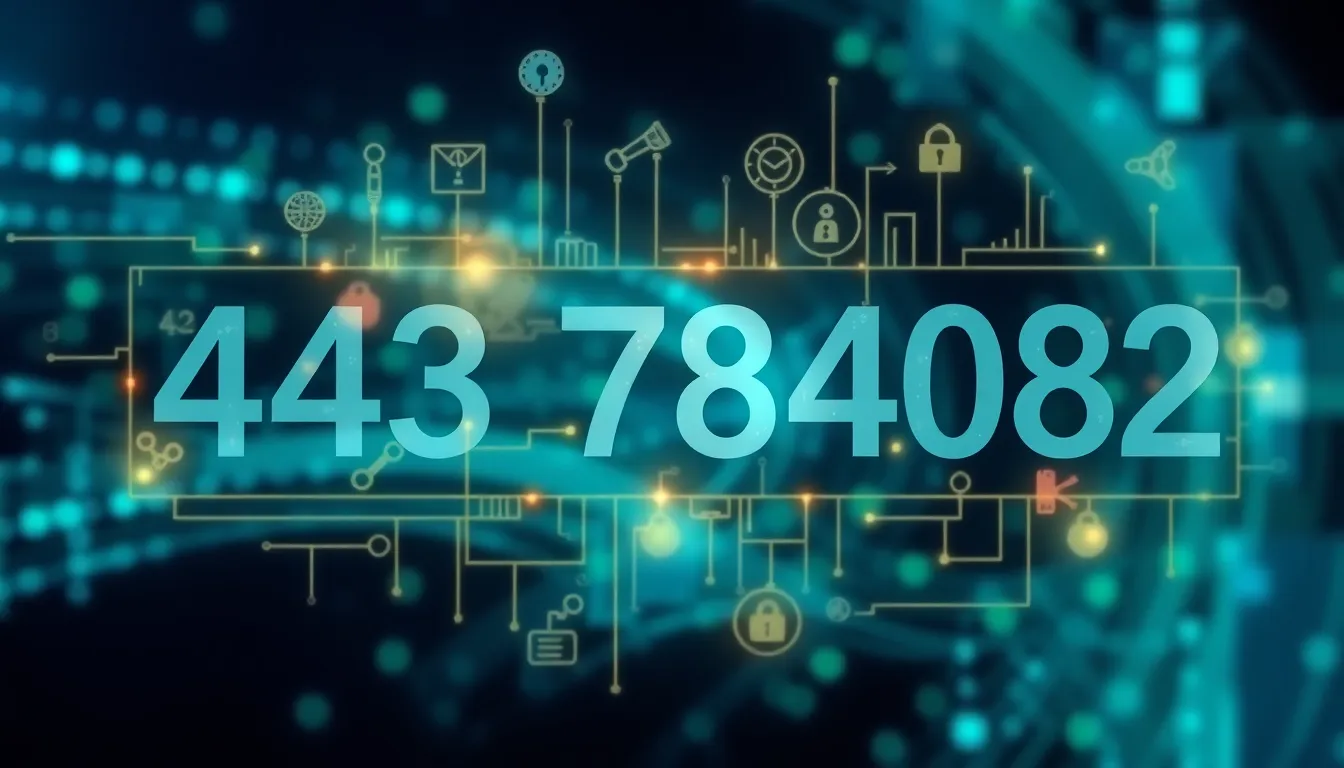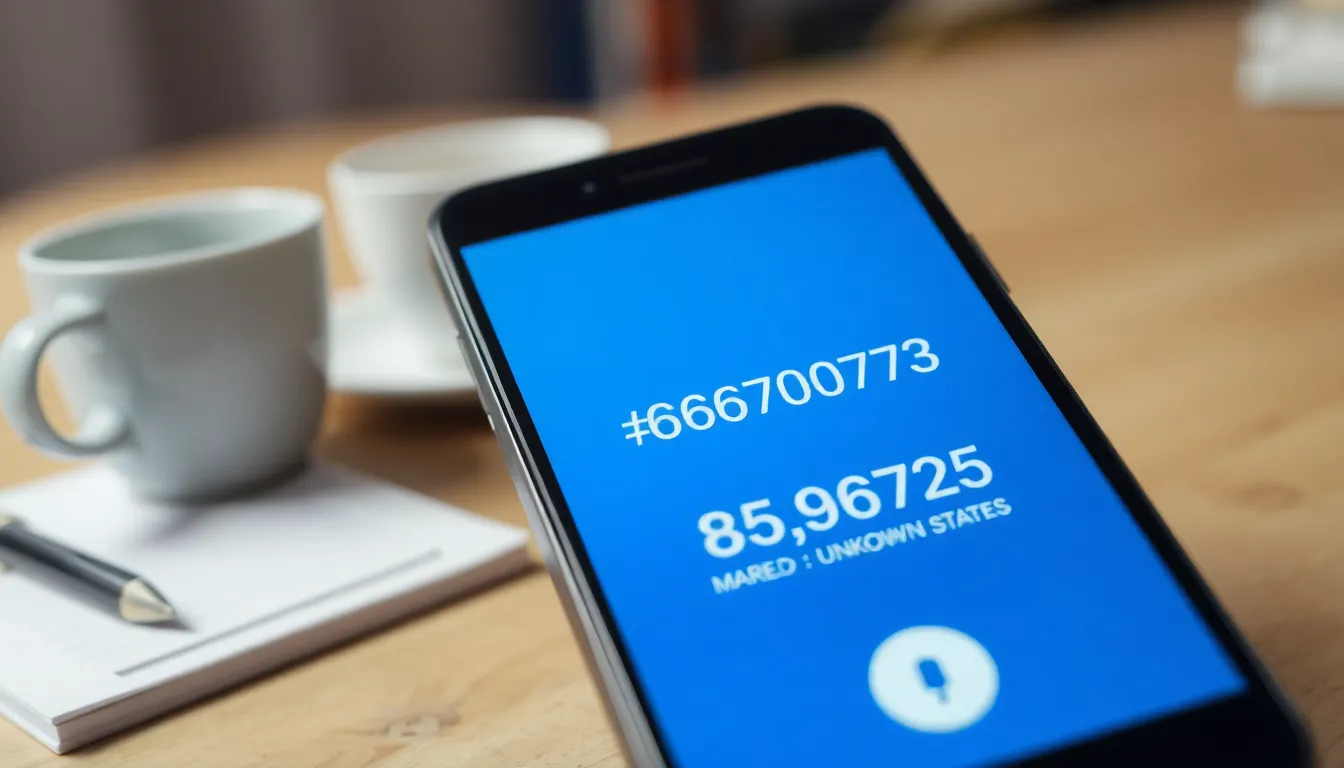In the fast-paced world of texting, every character counts. Among the emojis and abbreviations, one seemingly innocent little dot has sparked curiosity and confusion. What does that period really mean? Is it a sign of annoyance or just a punctuation choice? Understanding the subtle nuances of texting can save relationships and prevent misunderstandings.
Picture this: you’re deep in a conversation, and suddenly your friend replies with a single period. Panic sets in. Did you offend them? Are they mad? Fear not! This article dives into the quirky world of texting etiquette, unraveling the mystery behind that tiny dot. Get ready to decode the unspoken rules of digital communication and discover if that period is a full stop or just a playful pause.
Table of Contents
ToggleUnderstanding The Period In Texting
A period in texting often holds more weight than its simple appearance suggests. This punctuation mark can convey various emotions or intentions depending on the context.
The Basic Meaning Of A Period
A single period typically serves as a signal for finality or completeness. Texting often lacks non-verbal cues, so this punctuation may indicate the end of a thought. When someone texts a statement followed by a period, it might seem they express seriousness or conclude a conversation. In contrast, texts without a period can imply casualness or lightheartedness. Understanding this basic meaning helps clarify the sender’s emotional tone.
Contextual Uses Of A Period
Context plays a crucial role in interpreting a period’s significance. Many users may interpret a period as a sign of annoyance, especially in brief conversations. For example, if someone texts, “Fine,” followed by a period, it may suggest frustration. Alternatively, using a period after an informative statement can convey professionalism. Tone shifts dramatically depending on the preceding message. Recognizing these contextual uses aids in navigating digital communication more effectively.
Emotional Implications Of A Period

The use of a period in texting carries emotional weight, influencing communication dynamics. It’s essential to grasp these implications to interpret messages accurately.
Indicating Finality
A period can signal the end of a thought, drawing a clear line under a statement. Certain messages become definitive when one ends with a period. Conversations may feel complete, leaving no room for further interaction. Texting can sound abrupt if a period appears at the end of a simple comment. This punctuation choice often implies a serious tone, reinforcing the conclusion. When someone uses a period, clarity emerges, avoiding potential confusion about intent.
Conveying Frustration
A period can also convey underlying frustration in digital exchanges. Short, blunt replies ending with a period may hint at annoyance. Feelings of impatience may surface when periods punctuate responses, especially in ongoing discussions. Recipients might sense a shift in tone, interpreting the period as a signal to end the conversation. Frustration often becomes palpable when replies lack warmth and include a period. Recognizing this pattern helps navigate emotional context in textual communication.
Comparing The Period To Other Texting Punctuation
Understanding punctuation in texting enhances clarity. The period stands out in contrast to commas and exclamation points, each serving distinct roles.
The Role Of Commas And Exclamation Points
Commas indicate pauses and separate ideas, adding nuance to messages. They enhance readability by breaking up longer sentences. Exclamation points, however, convey excitement and heightened emotions. While a period may signal completion, an exclamation point amplifies enthusiasm. Texts filled with exclamations may suggest a friendly tone, while those using periods can come off as more matter-of-fact. Embracing these differences allows for tailored communication that respects the intentions behind the chosen punctuation.
How Emojis Contrast With Periods
Emojis inject emotion and context into conversations. They provide visual cues that a period lacks. For instance, a smiley face can soften a message, turning a potentially abrupt sentence into a friendly exchange. In comparison, a period may render a text flat or neutral, lacking the emotional richness emojis provide. Understanding how emojis enhance or detract from clarity promotes effective texting strategies. Balancing periods with emojis creates dynamic and engaging communication styles.
When To Use Or Avoid A Period
Understanding when to use or avoid a period enhances text communication’s effectiveness. Texting etiquette varies based on context and setting.
Formal Versus Informal Texting
Periods play an essential role in formal texting. They indicate clear conclusions in professional settings, ensuring the message is polished. In contrast, informal texting often favors a relaxed tone that may not require a period. Friends might forego periods to keep conversations light and casual. Recognizing this distinction helps navigate communication styles appropriately. Adapting punctuation based on the audience creates clarity and connection.
The Impact On Tone And Interpretation
Periods fundamentally affect the perceived tone of a message. An absence of a period can lend a friendly, approachable vibe, suggesting ongoing dialogue. Conversely, a message with a period may imply finality or seriousness, possibly leading to misunderstandings. Recipients interpret this punctuation as concluding sentiments, triggering varied emotional responses. Context determines how recipients receive the message; understanding this can refine communication strategies. Adjusting punctuation according to tone enhances personal connections in digital exchange.
Understanding the role of a period in texting is essential for effective communication. This small punctuation mark carries weight and can influence how messages are perceived. Recognizing its potential to convey finality or annoyance allows individuals to navigate conversations more skillfully.
By considering context and emotional implications, texters can avoid misunderstandings and foster better relationships. Balancing periods with other forms of expression like emojis enhances clarity and adds richness to digital interactions. Ultimately, mastering the nuances of punctuation in texting can lead to more engaging and meaningful conversations.




